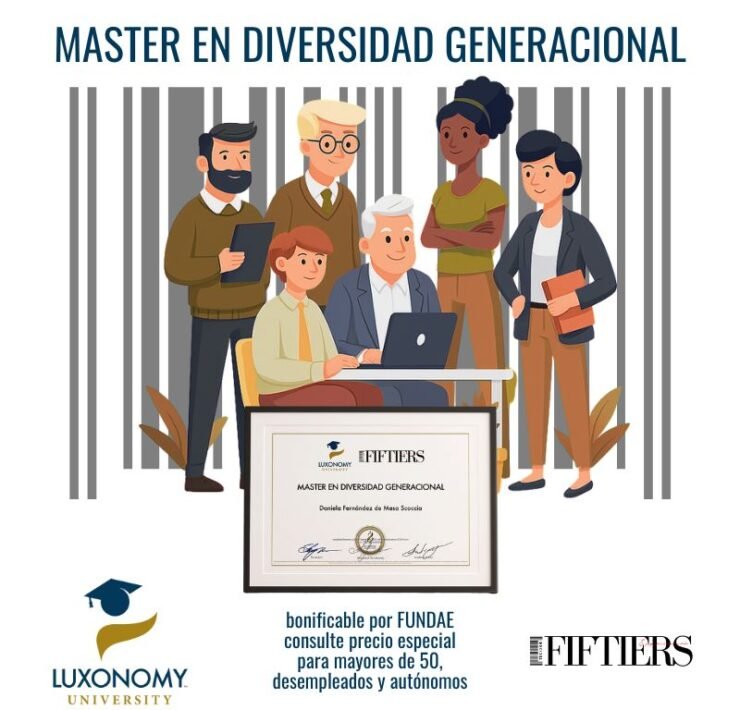Assessment of environmental factors in cancer occurrence using artificial intelligence

FIFTIERS | Life Begins at 50. La vida comienza a…
One of the most promising research areas in the fight against cancer is the assessment of environmental factors that may influence its occurrence. The use of artificial intelligence (AI) in this field has opened new possibilities to analyze and better understand the relationship between the environment and cancer.
Introduction to the assessment of environmental factors
The assessment of environmental factors involves analyzing elements of the environment that can impact human health, particularly in cancer occurrence. These factors can include exposure to toxic chemicals, ionizing radiation, air and water pollution, among others. AI can be used to analyze large volumes of data related to exposure to these factors and their connection to cancer incidence. This enables researchers to identify patterns and trends that might not be evident using traditional analytical methods.
Types of environmental factors influencing cancer
Several types of environmental factors can influence cancer development. Some of the most common include:
- Air pollution: Exposure to fine particles and harmful gases in the air can increase the risk of lung cancer and other types of cancer.
- Water pollution: Exposure to water contaminated with chemicals and heavy metals can increase the risk of bladder cancer and other cancer types.
- Exposure to chemicals: Exposure to toxic chemicals at work or home can increase the risk of liver cancer and other cancer types.
- Ionizing radiation: Exposure to ionizing radiation, such as ultraviolet (UV) radiation from the sun or X-ray radiation, can increase the risk of skin cancer and other cancer types.
Artificial intelligence in the assessment of environmental factors
AI can be used in various aspects of assessing environmental factors, including:
- Data analysis: AI can analyze large volumes of data related to environmental factor exposure and its relationship with cancer incidence.
- Predictive modeling: AI can develop predictive models that identify individuals at greater risk of developing cancer due to environmental factor exposure.
- Pattern identification: AI can identify patterns and trends in data that might not be evident using traditional analytical methods.
- Policy development: AI can help develop policies and strategies to reduce exposure to environmental factors that increase cancer risk.
Benefits of artificial intelligence in assessing environmental factors
Using AI in assessing environmental factors offers several benefits, including:
- Increased accuracy: AI can analyze large amounts of data with greater accuracy and speed than traditional methods.
- Pattern identification: AI can identify patterns and trends in data that may not be visible using traditional analysis methods.
- Reduction of time and cost: AI can reduce the time and cost associated with environmental factor assessment.
- Improved decision-making: AI can provide more accurate and timely information for decision-making regarding reducing exposure to environmental factors that increase cancer risk.
Challenges and limitations of artificial intelligence in environmental factor assessment
Although AI offers many opportunities to improve the assessment of environmental factors, there are also challenges and limitations that must be addressed. Some of these include:
- Data quality: AI requires high-quality data to produce accurate results, which can be challenging in assessing environmental factors.
- Interpretation of results: Interpreting AI results can be complex and requires deep understanding of the technique and underlying data.
- Privacy and security: AI may raise concerns about data privacy and security, especially regarding personal and confidential information.
- Regulation and standards: AI may require regulation and standards to ensure the accuracy and reliability of results.
The future of artificial intelligence in assessing environmental factors
The future of AI in assessing environmental factors is promising. As technology advances, we are likely to see increased adoption of AI in environmental factor assessment and cancer prevention. Some of the most promising research areas include:
- Development of more accurate predictive models: AI can develop more precise predictive models to identify individuals at greater risk of cancer due to environmental exposure.
- Identification of new risk factors: AI can identify new risk factors that may increase cancer risk.
- Development of policies and strategies: AI can help develop more effective policies and strategies to reduce exposure to environmental factors that increase cancer risk.
- International collaboration: AI can facilitate international collaboration in environmental factor assessment and the fight against cancer.
Discover more from FIFTIERS
Subscribe to get the latest posts sent to your email.





















